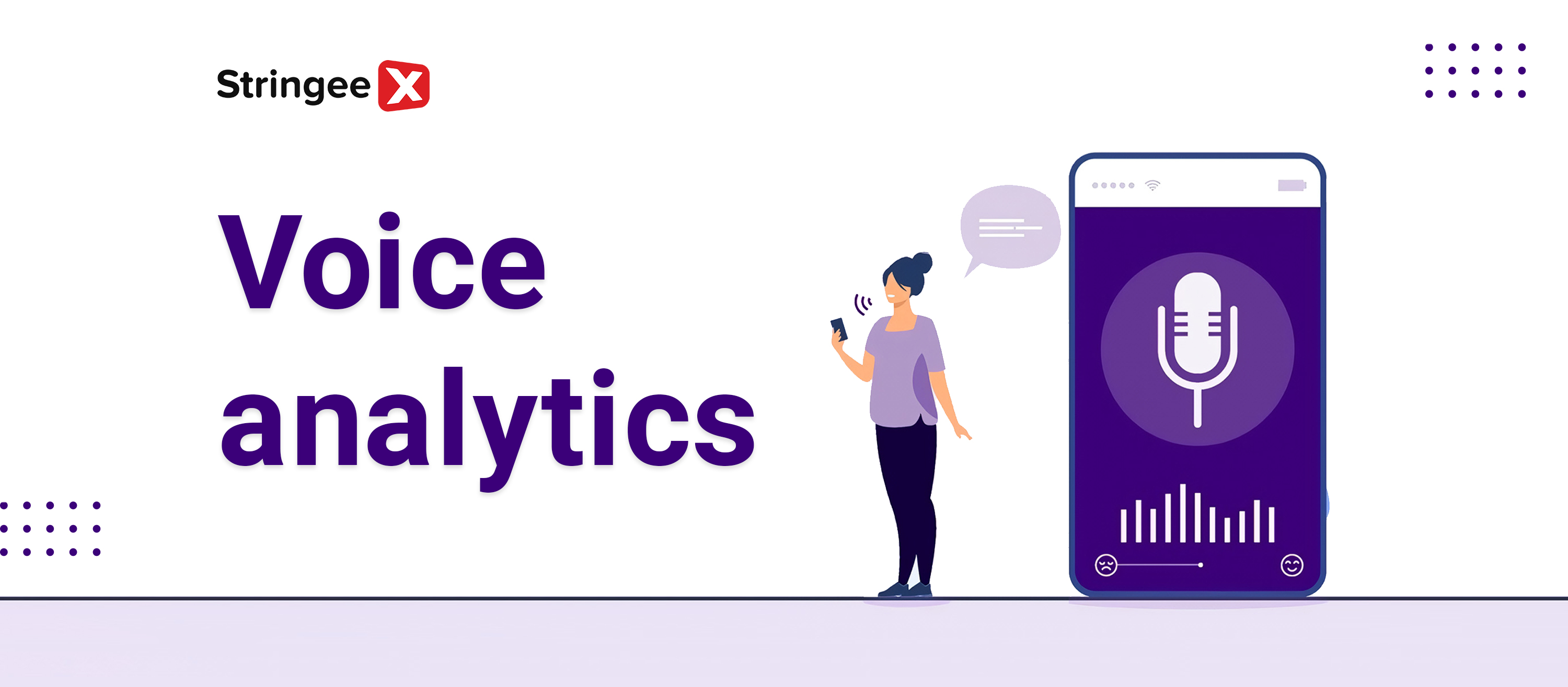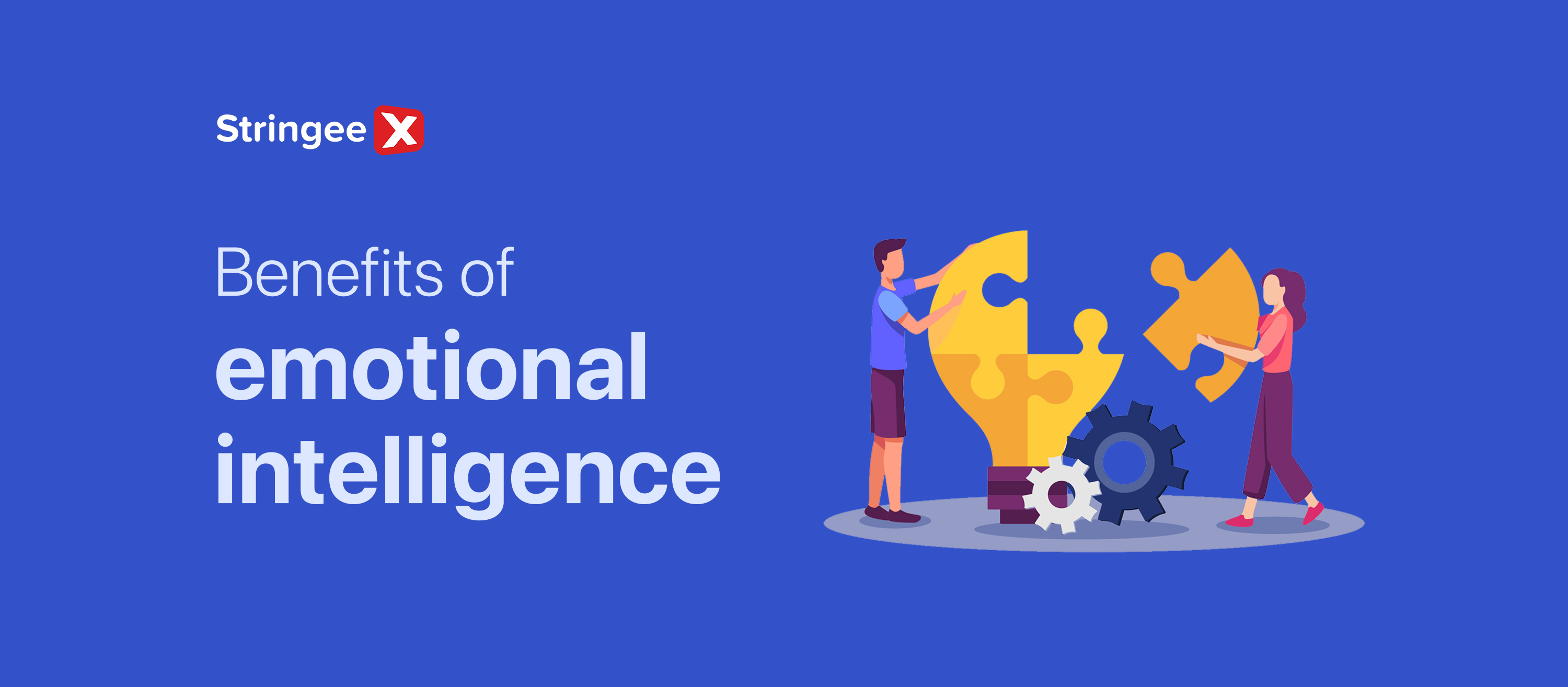Intro
Call centres receive hundreds of customer calls daily, and handling such a vast data pool can be overwhelming for human labour. That’s when voice analytics software comes in to break down and examine the audio patterns of each customer’s voice. These insights prove valuable in improving customer service and enhancing customer satisfaction levels. Scroll down to learn more about this process!
What Is Voice Analytics?
Voice analytics analyse voice calls to gain insights. Source: Pxhere
Voice analytics is an advanced technology that employs NLP (natural language processing), voice recognition, and other AI features to analyse conversations. The voice collected will be thoroughly examined to gain insights into customers’ emotions, intent, and communication nuances. This tech also enables the transformation from audio to text transcription for better storage.
This analysis also delves into how call agents interact with customers, offering upper management an objective window into their employees’ performance. These actionable insights inform business decisions to improve customer service.
The process of voice analytics is driven by a complex set of technologies, including:
- Speech recognition and conversion: This tech translates audio into written text and even detects missing words or phrases for a complete understanding. It also studies phonemes to identify speech patterns.
- NLP (Natural language processing): This tech focuses on the linguistic aspect, targeting smaller components of languages, such as syntax, pragmatic, and semantic. This breakdown of language offers a deeper understanding of keywords and topics of the conversations.
Here’s an example:
A customer can’t access his banking account on an online app despite entering the correct credentials. When calling for support, NLP will detect frustration in his voice, along with keywords like “can’t log in” and “log out.” Then, the system can categorise his concerns as an “account access problem” and direct him to the appropriate expert.
5 Benefits of Voice Analytics
Reduce Average Handle Time Of Calls
Every day, problems can arise beyond our reach, to the point that the limited number of customer service agents can handle promptly. Hundreds of phone calls waiting to be answered means that customers also have to wait longer. Long wait times can exaggerate the problems, leaving them even more frustrated.
When equipped with voice analytics software, call centres can quickly detect issues and direct customers to the correct department for support. The automated system also categorises customer calls into different topics, streamlining the research and tracking process in the future.
Even better, if you invest in StringeeX omnichannel contact centre, it will link all your communication channels into a clutter-free and user-friendly interface. Each phone call can now be addressed in a matter of seconds.
Help Agents Provide Better Service
Don’t worry that speech analytics software will fully replace humans’ jobs! Instead, this technology helps take your business performance to the next level in the shortest time. For one, when customers are directed to the right department, their problems can be solved promptly and correctly. Timing is a make-or-break factor in customer service.
Additionally, AI can take care of routine and mundane tasks, like recording voice or converting speech to text. With less workload, customer service agents can put more effort into addressing customers’ major or urgent concerns. A streamlined workflow is the foundation of excellent customer service.
Voice analytics tools help call agents take care of customers better. Source: Pexels
Detect And Address Common Issues Before They Become Problems
With the help of NLP, speech analytics software can identify keywords and the emotion of speakers. Then, they will sort out customers’ concerns to see if there’s a common or urgent problem and take priority. For example, when it detects that the customer is furious and can’t wait any longer, the system will prioritise their issues.
Also, these calls are also a great source of customer feedback. By linking them to specific products or services, contact centre managers can identify common problems that many customers experience and develop strategies to improve them.
Reduce Customer Churn
For those who don’t know, customer churn refers to the customers who turn away from your business. Poor customer service can be a major culprit behind their decisions.
For example, a man receives a defective fan and wants to return it for a refund. But when he calls the hotline, no one answers, or the agent isn’t quite supportive. Such a bad customer experience can take a toll on the customer retention rate.
However, with the help of speech analytics tools, no customers will be left behind. Their issues will be analysed and addressed promptly. Quick responses tend to leave a lasting positive impression on customers.
Cost-Saving
Here are some whopping numbers to see how cost-effective voice analytics tools are:
- 68% of companies agree that voice analytics can save costs.
- 52% admit that this technology helps boost their revenue.
- 72% consider it a great tool to boost their customer service.
These figures speak volumes about the financial benefits of voice analytics. When voice analytics are in place, businesses can reduce human labour while improving customer retention rates.
Are There Any Disadvantages to Voice Analytics?
Data Privacy And Ethics Concerns
Voice analytics collect a great deal of personal data from customers, which some consider to be a violation of their privacy. Maintaining security when storing this sensitive data can be a great challenge, so many people question its ethical use.
Integration With Existing Systems
Incorporating voice analytics into existing systems necessitates a great deal of expertise and resources. Your organisation might have to turn to a third party to complete this complex process. This can go beyond the reach of start-ups or small businesses with limited budgets.
Accuracy And Reliability
No matter how advanced it is, voice analytics can’t guarantee 100% accuracy. People use different languages with distinctive communication nuances, leaving ample room for errors. External factors like background noises or contexts greatly affect the reliability of voice analytics when interpreting and transcribing speech to text.
Consider the challenges of voice analytics before using it. Source: Public Domain Pictures
Extra Tips to Use Voice Analytics
Based on our experience, here are some tips you can try to better leverage voice analytics:
- Set clear goals: Define specific objectives, like improving customer satisfaction or reducing churn, to guide your voice analytics efforts.
- Choose the right tool: Select a voice analytics solution that fits your business size and needs, whether you require real-time analysis or extensive data processing.
- Listen for emotion: Pay attention to the tone, pitch, and sentiment in customer voices to understand their true feelings and intentions.
- Empower your team: Share valuable insights with customer service agents to help them improve their performance and boost morale.
- Act on customer insights: Use the data to quickly address issues, improve services, and enhance customer experiences.
- Stay compliant: Monitor conversations for compliance with regulations, using voice analytics to detect potential issues early.
- Personalise interactions: Leverage the insights to tailor interactions with customers, creating more personalised and engaging experiences.
- Continuous improvement: Regularly review analytics data to identify trends, improve processes, and stay competitive.
Conclusion
Using voice analytics in call centres promises multiple benefits for your businesses. However, it has its own set of challenges. So, when adopting this technology is recommended, you should consider other factors, like accuracy and privacy. If you’re looking for an all-in-one solution for your call centres, contact StringeeX for help!










